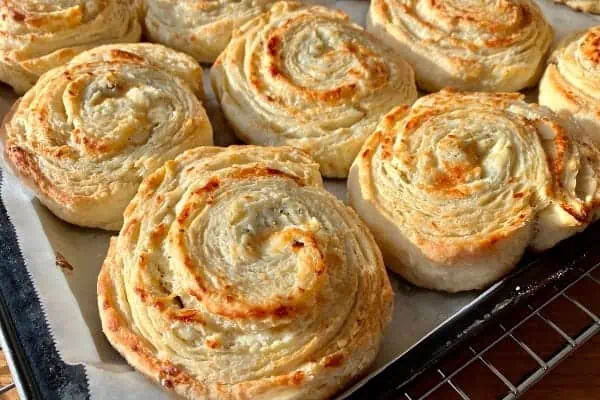It’s planting time and one of the last things we plant are potatoes. We put in all of our cold crops first because if there is a late frost the seeds of these plants and even the seedlings are able to deal with the cold stress better than a potato plant can.
In fact, “seed” potatoes aren’t actually seeds at all. They are just last year’s tuber held over in a cool place until it’s time to start again.
The potato tuber is the potato’s way of storing up energy for the next season. But instead of storing up in the root like a carrot or a beet would, potatoes store up on the underground part of the plant vine.
One of the things I remember from science class is that a potato isn’t a root. This is shown when it is exposed to any light source. The potato turns green the way the stem of a plant would, because it is photosynthesizing. When you expose a carrot or a beet to light there is no change in colour.
The potato plant, when given a long enough season, produces a seed that looks very much like a small green tomato. Not surprising as they are both part of the nightshade family.
I suppose it is possible to grow plants from this seed but I have never done it. I am sure this is how crossing of potato varieties happens.
Most gardeners find it is much easier to just put a small potato into the ground; it will sprout without too much trouble. But by doing this the new plant has the same genetics as the plant the potato came from.
By cutting the potato, making sure there are at least two eyes on the portion, several hills of potatoes can be grown, all with exactly the same genetics. This method increases yield, but also increases the vulnerability of a plot of potatoes to disease. If one plant is damaged by a blight, chances are the rest will be as well.
But because this is the most common way of growing potatoes, it is a good idea to have more than one kind planted. Not only does this insulate the harvest from a total loss, it also gives the gardener a variety to choose from when using the potatoes.
Last year we grew five kinds of potatoes. Some we grew because they would be ready early, but others we grew for their uses or their ability to store well.
The Norland potato is an early variety that does well in northern gardens. It has red skin with white flesh inside.
Of course the Yukon Gold potato also does well up here, although I think it was named for its yellow flesh. It is usually a good potato for most uses but will turn to mush if boiled too long.
Fingerlings are a favourite of mine. This potato is a later maturing variety that forms long narrow tubers. They have good storage capabilities and remain firm when cooked.
Joan Norberg and her husband, Allan, run Grizzly Valley Farms on the Mayo Road. They have successfully endured the Yukon’s short seasons and less-than-ideal soil conditions. Send her your questions at [email protected].




